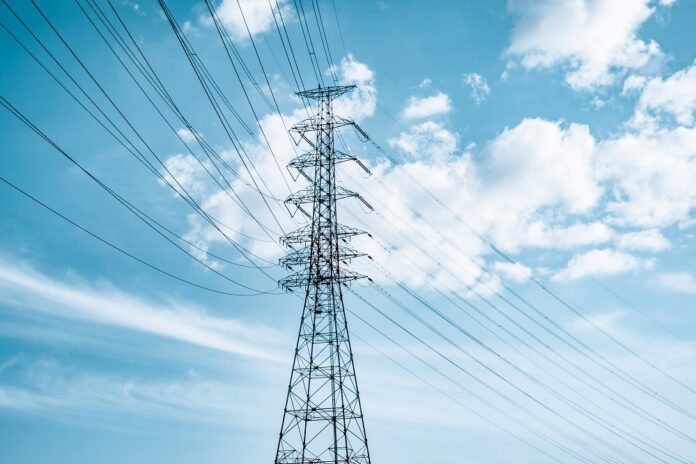Kazakhstan, the world’s largest landlocked nation, is quickly assuming a prominent role in the global energy transition by taking advantage of its advantageous geographic location and wealth of natural resources. As countries across the globe step up their efforts to cut carbon emissions and transition to sustainable energy sources, Kazakhstan is becoming a major player in the provision of clean energy and in promoting global cooperation in the renewable energy industry.
As New Lines Magazine reports, “mining is a pillar of Kazakhstan’s economy, contributing an estimated 17% of the country’s gross domestic product. (For comparison, mining totals 1.9% of U.S. GDP.)”
Kazakhstan has long been regarded as a major player in the energy industry thanks to its enormous reserves of minerals, natural gas, and oil. But the nation has expanded its use of renewable energy sources, like solar and wind power, in recent years. This change is in line with Kazakhstan’s aim to drastically cut greenhouse gas emissions by 2030 and its commitment to the Paris Agreement.
Kazakhstan has been investing heavily in renewable infrastructure in keeping with its goals for green energy. The nation has enormous potential for producing renewable energy from the sun and wind, with areas like the Caspian coast and the southern steppes providing ideal conditions.
The development of solar and wind farms throughout the country is being fueled by the advantageous policies and incentives that Kazakhstan’s government has put in place to entice both foreign and domestic investment in renewable projects.
Moreover, according to Eurasianet.org, “economic integration efforts among Central Asian-Caspian Basin states are gaining momentum. Azerbaijan, Kazakhstan, and Uzbekistan are developing a green energy plan to link their power grids with an eye towards exporting electricity to the European Union.”
The production of green hydrogen is one of Kazakhstan’s most promising energy transition paths. Kazakhstan hopes to establish itself as a major hub for the production and export of green hydrogen by utilizing its large landmass and abundance of renewable resources.
Huge solar and wind farms can be built in the country’s vast steppes, which are perfect for supplying electricity to electrolyzers that use water electrolysis to produce hydrogen. Kazakhstan’s intentions to use green hydrogen are in line with international initiatives to reduce carbon emissions from sectors like manufacturing and transportation.
Additionally, Chevron “delivered key milestones in Kazakhstan, reported record production levels and expanded investments to support a lower carbon future.”
With the world moving faster toward a low-carbon future, Kazakhstan is going to become an even more important player in the world’s energy system. Kazakhstan is putting itself in a position to play a significant role in determining the direction of sustainable energy by utilizing its wealth of natural resources, promoting international collaboration, and welcoming innovation.



